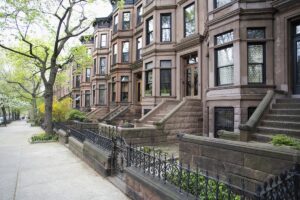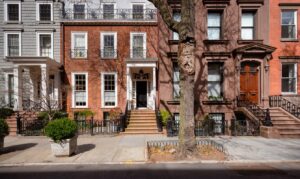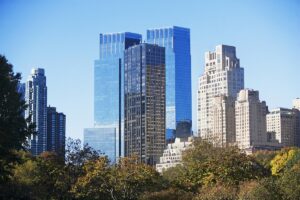You could make an entire life’s study on landmarks in New York City, given that there are more than 33,000 landmarked properties across the five boroughs. Many are individually designated. Others reside within historic districts. Regardless, that’s a lot of buildings and history to take into account.
But, when it comes to how the landmark designation of a building impacts owners and tenants, the topic gets a little more manageable.
NYC Landmarks Law Started in 1965
NYC buildings started to be designated landmarks after 1965, when the wrecking ball took down the old Pennsylvania Station and large swaths of historically significant buildings were getting demolished or altered across New York.
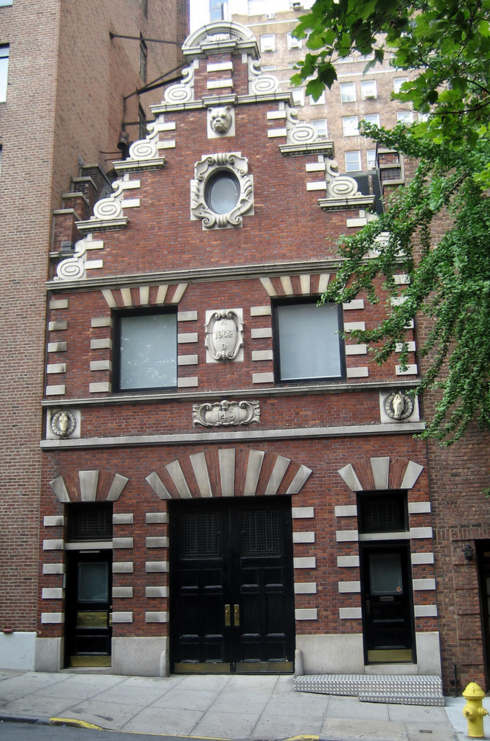
George S. Bowdoin Stable. Source: Wally Gobetz via Flickr Creative Commons
To make sure no more historic buildings were left to the whim of individual owners or developers, new laws were enacted to protect this city’s historic sites.
This is how the the city’s Landmarks Preservation Commission got it start, and 50 years later, the commission has voted on thousands of buildings according to special historical, cultural, or aesthetic value as part of “New York City’s historical and architectural heritage.”
This is different from being on the National Register of Historic Places. A landmarked building in New York answers to the city commission.
The aim of the landmark designation is clear: To help protect the city’s landmarks from inappropriate changes or destruction. In these matters, it is the LPC that has the authority to seek approval in advance any alteration, reconstruction, demolition, or new construction affecting the designated building.
Living in a Landmarked Building
The process — and the implications — aren’t always clear or easy to digest. That’s where it’s good to get a handle on these matters, especially if you live or are thinking about living in a landmarked building. Once a building is designated a landmarked property, certain conditions then apply for owners, landlords and/or tenants.
For instance, every designated structure, whether it is an individual landmark or a building in an historic district, is protected under the Landmarks Law and subject to the same review procedures.
“If you want to perform minor work or make alterations to your building (with the exception of ordinary repairs and interior alterations mentioned below), you must obtain the Commission’s approval before you begin the work,’’ LPC officials said.
Some ordinary exterior repairs and maintenance, like replacing broken window glass or removing small amounts of painted graffiti don’t require a permit. Meanwhile, landmark designation does not mean a building can’t undergo alterations, demolition or new construction.
“But LPC must review the proposed changes and determine whether they are appropriate. This review helps ensure that the special qualities of the designated buildings are not compromised or destroyed,’’ LPC officials said.
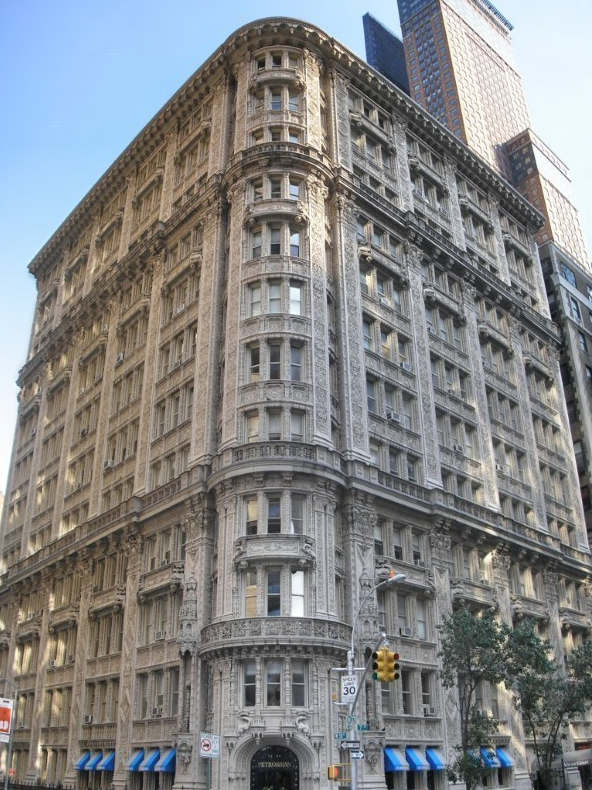
Alwyn Court Apartments at 911 7th Avenue is a landmarked building.
Pros and Cons of Landmarked Buildings
Owners of landmarked buildings must inform commercial and residential tenants about landmark status. This will prevent illegal alterations from taking place, which would put the tenant and the building owner on the hook to correct or pay fines. This is important should the building enter into a sales contract. A mortgage lender may withhold financing until any violations to the landmarked building design or structure are corrected.
While there are added costs to maintaining a landmarked building, and specific laws governing how to make repairs, there’s also upside. Many times, landmarked buildings reside in designated historical districts, therefore promoting similar guidelines throughout a neighborhood. This can enhance property values, thus allowing for the upfront cost of maintaining historic standards to bear better valuations.
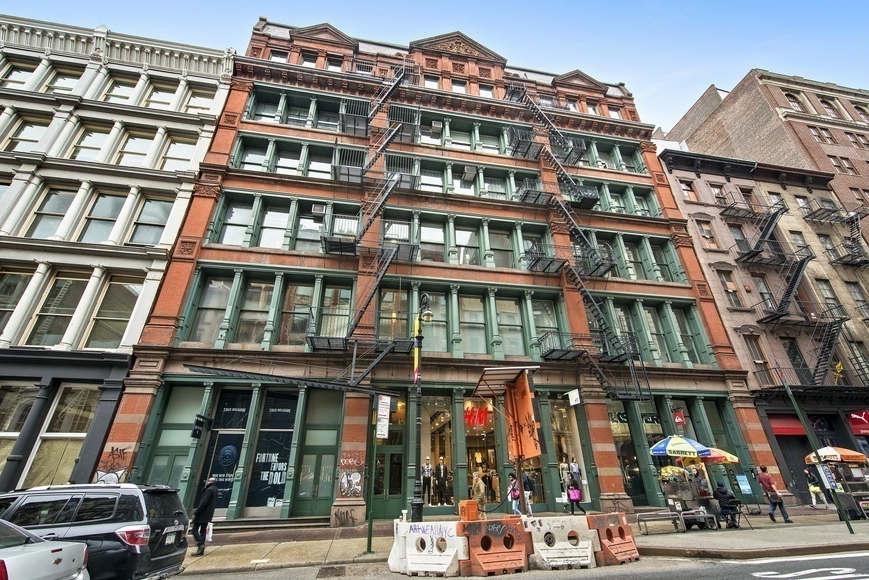
515 Broadway is a SoHo cast-iron landmarked building.
In 2015, the NYC Landmarks Preservation Commission has taken up a campaign to clear 95 properties across the city from its “calendared” list. Some buildings have been under landmark status consideration for as many as 20 years, placing owners and tenants in a legal limbo. In a city where development is taking place at rapid rates, and real estate values continue to soar, the stakes are high on any building in New York City, but the added intricacies of landmarked buildings makes this a special class of structures.
Related:






